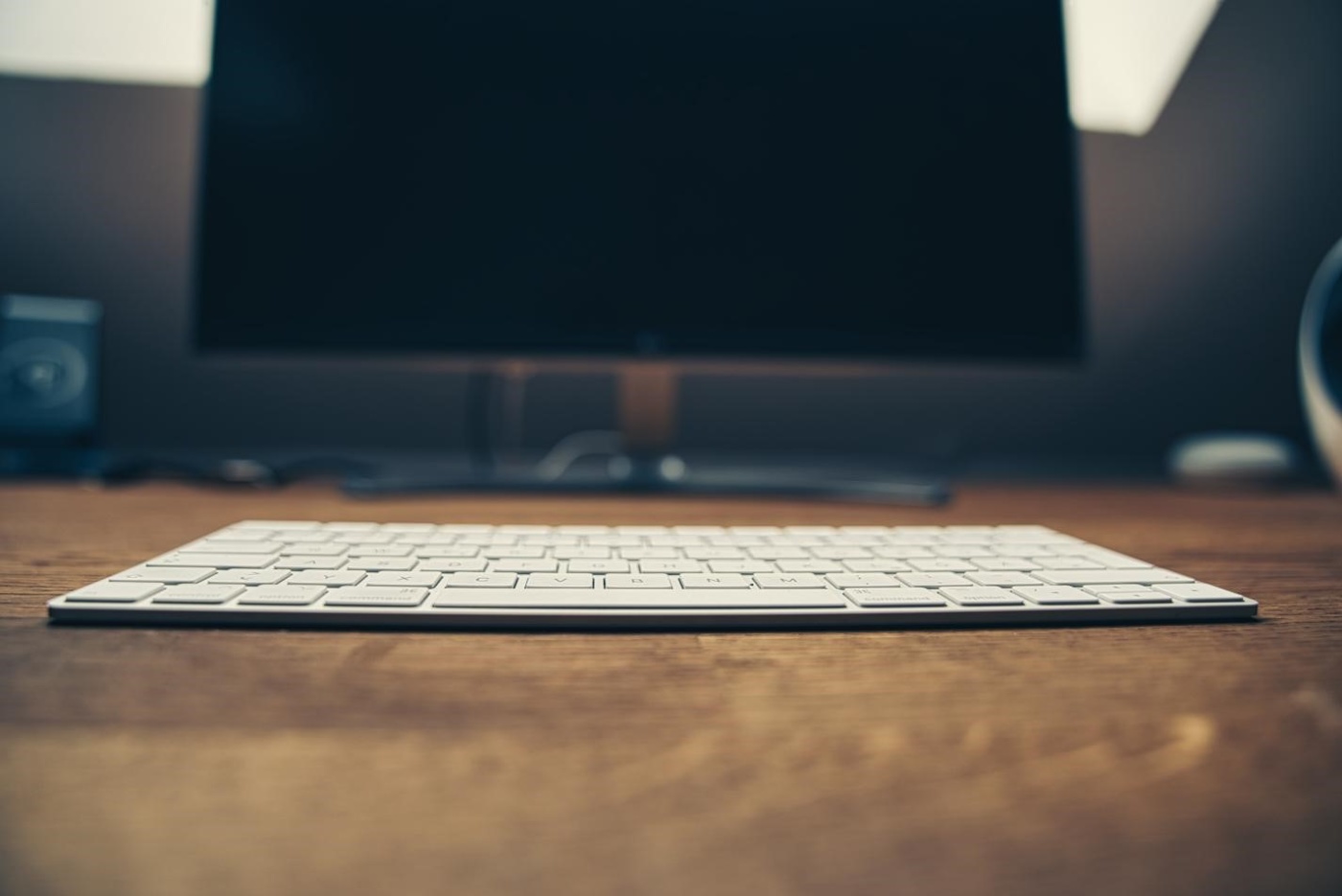A great computing experience with minimal cost may mean that you have to build your PC by yourself. Of course, that is how most budget gaming PCs came alive. With the right knowledge and minimal skills, you can build yourself a powerful budget gaming computer which would serve you well. Just in case you are wondering how you can go about this, all you’ve got to do is relax, and digest this free and concise guide to becoming a computer database and CPU builder.
Go for the Parts that Meet Your Needs
Never think that because you are on a mission to build a powerful computer you have to expend, all your money to get expensive parts. The key thing is to first determine your need. What do you hope to use the PC for? If it is just for light usages such as web surfing, free essays database browsing, word processing, designing, or PowerPoint, you can lay your hands on almost any good computer parts, and you will be set. There are many free essays on choosing the correct hardware and software parts for self-building, and since education is Power, you will do well to check these out.
Unless you are after expensive brand names or you are an enthusiast that loves to go with trendy things, cheap gaming PC build should not tear your pocket. The model we are going to put forward will combine modesty and stuff that can handle just about any task, including your everyday gaming needs. The idea is to end up with a powerful PC whose cost of building would be lesser than or equal to $750. If you are looking for a cheap gaming PC build, here is what your budget can look like.
| S/N | Items | Estimated Price |
| 1. | Processor (Core i3 Intel, 8100) | $154.16 |
| 2. | Video Card (RX 580 of Radeon, 8GB) | $169 |
| 3. | Motherboard (MSI PRO Series) | $125 |
| 4. | RAM (8GB) | $32.99 |
| 5. | HDD (250GB NAND SATA) | $39.80 |
| 6. | Power Supply | $50.38 |
| 7. | MicroATX Case
Grand Total = |
$44.99
$616.32 |
As often included in most free essays, you should be aware that the prices stated above are estimates, and based on recent market trends, they might have gone up or down.
Building your Computer
Without much ado, after purchasing all the necessary components, the next line of duty is to put them together and arrive at your machine. In order to simplify things, here the steps to follow to carry out this important duty
- Before building inside the case, build outside first so that you can check what is working and what is not.
- Grab your Motherboard and fix it to the case you bought. You need a screwdriver to do this.
- Once the Motherboard is in place, it’s time to install the processor. Since the processor installation is about the most delicate of the entire process, it is important gently handle this phase even as you seek to fix the processor into its place in the Motherboard.
- The next thing to install after your processor is the RAM. This is a bit hassle-free. Just figure out the slot for RAM in the Motherboard and fix it after first removing the clips.
- After putting the RAM in place, the next thing to install is the Video card. There is a card bracket which you must first remove before you can install the card properly.
- Follow the above step with hard drive installation. The manner of installation of your HDD would depend on the nature of the Motherboard. Some allow that you install directly, while others require that you release the tray, screw up the disk, and push the tray back.3.
- You need to fix the optical drive at this stage by removing the cover on the bay, and screw to fit
- Get the power supply fixed and your computer is almost ready. All you do need is connect the setup to a monitor and keyboard, and everything is ready.
Setting up the Operating System
Of course, all the processes above are connected to building the hardware component of your machine, but you will still have to build or set up the software, namely the operating system. Continuing from the hardware setup earlier mentioned, you should begin by setting up the BIOS that appear on the screen when you switch it on. Basically, what you do here is to edit your input and output parameters to your preference. Many have found no need to bother about these things.
Moving from the BIOS settings, your next port of call is the Windows setup. This is a bit easy as all you need to do is run the application directly from the disk you purchased. Please, be aware that if you are working with a 4 GB RAM, you would need an X64 version of the Windows of your choice for optimization. Once this is done, connect your Wi-Fi or internet service to install your drivers.
Conclusion
Building a budget gaming computer or any other for that matter is an art. Of course, the entire scope demands a more comprehensive explanation than this. However, with the available information here, you can get running. Truly, education is Power, and you must harness it for your benefit.





